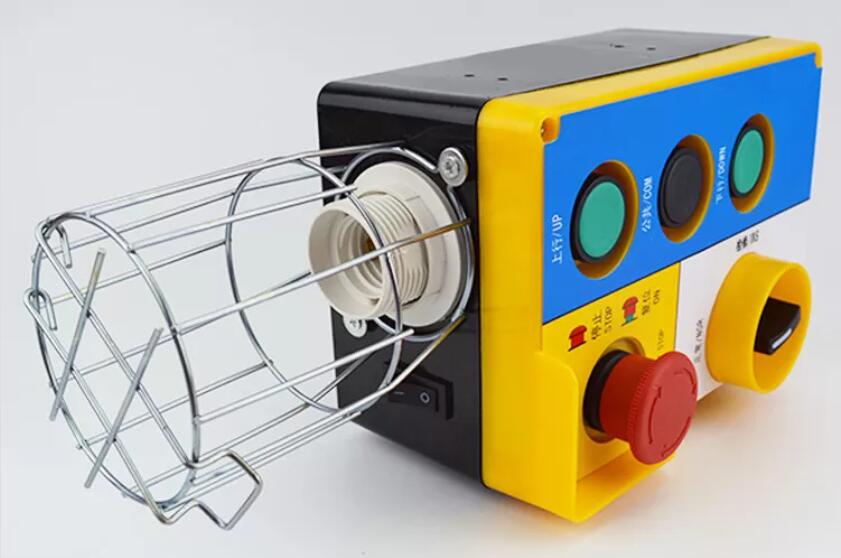As solar water heater systems gain popularity, their construction has seen a significant rise. However, the quality of these installations directly impacts both performance and longevity. This article aims to address common considerations during the construction process to minimize issues and enhance overall project quality.
**1. Construction Preparation**
The on-site survey is a critical part of the preparation phase and serves as a foundation for any design adjustments. Even if preliminary surveys were conducted earlier, it's essential to reassess the site before construction begins. Key aspects to focus on include:
- Checking the orientation and structural integrity of the building along with the roof dimensions.
- Verifying the placement space and load-bearing capacity of large components like water tanks. Reliable wind protection measures should be planned if needed.
- Identifying the water source location and assessing the water pressure.
- Locating power positions and evaluating load requirements.
- Optimizing pipeline directions based on the site conditions and refining design blueprints accordingly.
- Planning the entry routes for materials and considering how to hoist heavy equipment like water tanks.
Additionally, it’s crucial to engage in technical discussions with the construction team to ensure they fully understand the project's specifications, quality standards, methods, and safety protocols, enabling them to execute tasks effectively and prevent accidents.
**2. Construction Phase**
**2.1 Solar Heat Collector Installation**
1) Proper orientation is vital; install collectors according to the design specifications, using a compass to confirm direction. Typically, the annual inclination angle matches the local latitude, adjusted by +10° in winter and -10° in summer during specific seasons.
2) Securely anchor the collector base to the building structure using embedded parts and fine concrete. Apply corrosion-resistant materials to the tops of steel or concrete bases prior to installation.
3) Ensure the foundation supports the collector securely without compromising the roof’s waterproofing. If damage occurs, additional waterproofing measures are necessary.
4) When installing brackets on a concrete base, verify elevations and coordinates against the design plans. Ensure the bracket is level, sturdy, and all connecting parts are consistent in strength. Follow guidelines from relevant construction standards.
5) The inclination error of the collector should not exceed ±3°, and its layout should be orderly and aesthetically pleasing.
**2.2 Key Equipment Installation**
1) Pumps must adhere to manufacturers' instructions and comply with relevant standards. Avoid stacking pumps during installation to prevent air accumulation, which can hinder flow. Implement vibration dampening and noise reduction strategies. Ensure pumps are mounted on separate supports to avoid bearing pipeline weight directly.
2) Insulation tanks should be securely fixed to their bases per design specifications. Inner tanks require grounding, meeting electrical safety codes. Use thermal pads between tanks and brackets to reduce heat loss.
3) Control cabinets should ideally be placed indoors to protect against weather elements. Outdoor installations must incorporate rain shields, insect screens, and lightning protection. Reliable grounding is essential.
**2.3 Pipeline Installation**
1) Plan ceiling heights carefully when installing overhead pipes. Ensure frames are appropriately sized to avoid unnecessary work later.
2) Use PPR transition joints when joining PPR pipes to metal fixtures.
3) Protect exposed pressurized stainless steel pipe connections with tape.
4) Avoid plastic hot water pipes in equipment rooms.
5) Prevent electrochemical corrosion when using dissimilar materials.
6) Use copper coils for balcony systems with appropriate flared ends for proper slope (≥10°).
7) Avoid galvanized steel pipes in antifreeze solutions containing ethylene glycol due to chemical reactions.
8) Conduct pressure tests for pressurized components and water irrigation tests for non-pressurized ones.
9) Insulate after successful system leak detection and trial runs. Install heating belts as per manufacturer instructions before insulating.
**2.4 Additional Considerations**
- Install solenoid valves horizontally with filters and shut-off valves.
- Provide air vents in circulation lines prone to gas blockages.
- Select solenoid valves based on diameter, temperature, and structural type.
- Ensure proper lightning protection connects all metallic parts to the building's voltage equalization ring.
- Prevent prolonged exposure of heat collectors to sunlight to prolong their lifespan.
- Maintain material storage and conduct regular inspections during construction.
**3. Conclusion**
The quality of construction reflects a company's expertise and management proficiency. High-quality installations reduce maintenance costs, enhance credibility, and build brand equity. Drawing from practical experience, this article outlines essential construction tips for solar water heaters. We hope these insights assist builders and users alike in achieving superior results.
Product categories of OTIS Elevator Spare Parts, we are specialized manufacturers from China, OTIS Elevator Spare Parts, OTIS Elevator Parts suppliers/factory, wholesale high-quality products of OTIS Elevator Spare Parts R & D and manufacturing, we have the perfect after-sales service and technical support. Look forward to your cooperation!

Otis Elevator Spare Parts,Elevator replacement parts,Otis elevator parts
Suzhou Keffran Parts Co.,ltd , https://www.keffran-elevatorsmart.com